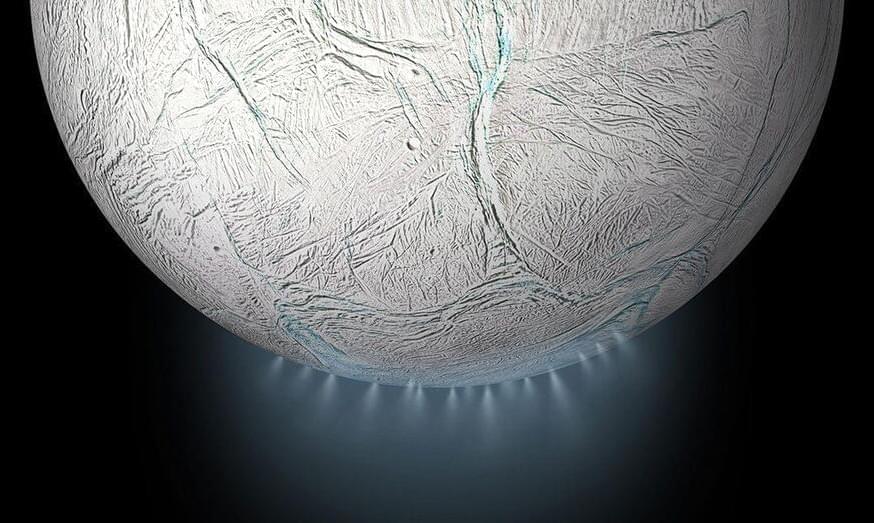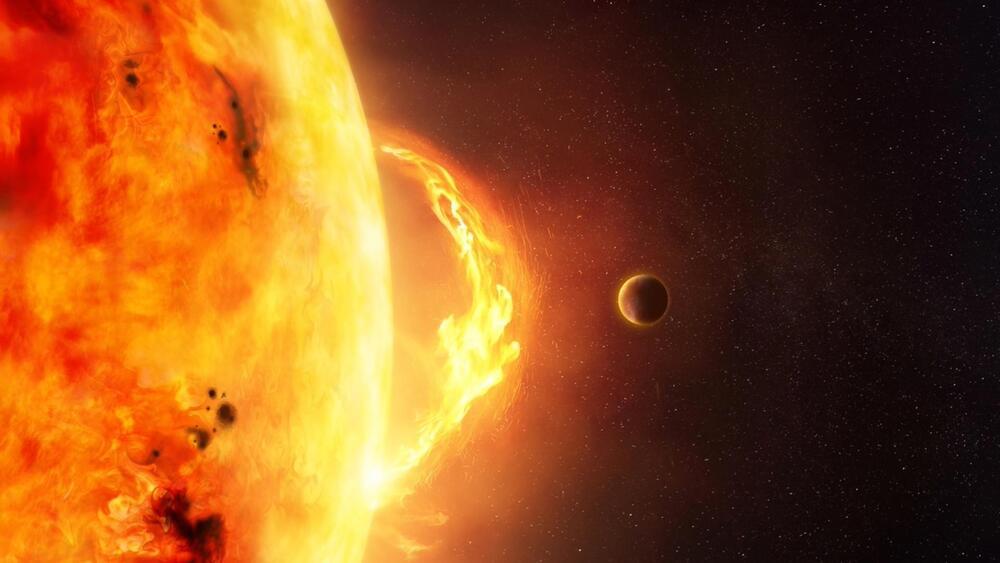A recent analysis of a peculiar pair of galaxies located billions of light-years away suggests the possibility of a cosmic string —a hypothetical feature in the fabric of the Universe. Initially considered distinct, the two galaxies may be duplicated images caused by gravitational lensing, a phenomenon where space-time bends around foreground mass, acting like a lens.
Led by researchers of the Indian Institute of Astrophysics, the study identifies a cosmic string candidate, CSc-1, in the cosmic microwave background, the lingering radiation from the Universe’s birth. Cosmic strings, theoretical one-dimensional wrinkles formed at the dawn of time, are believed to be highly dense and massive, potentially extending across the entire Universe.
Observationally proving cosmic strings is challenging because their effects can resemble other phenomena. However, minute differences in their impact distinguish them. The researchers focused on a galaxy pair, SDSSJ110429, within CSc-1 as a potential cosmic string signature. Gravitational lensing typically involves a foreground mass causing observable distortions, but SDSSJ110429 lacks evident foreground mass or distorted light.






